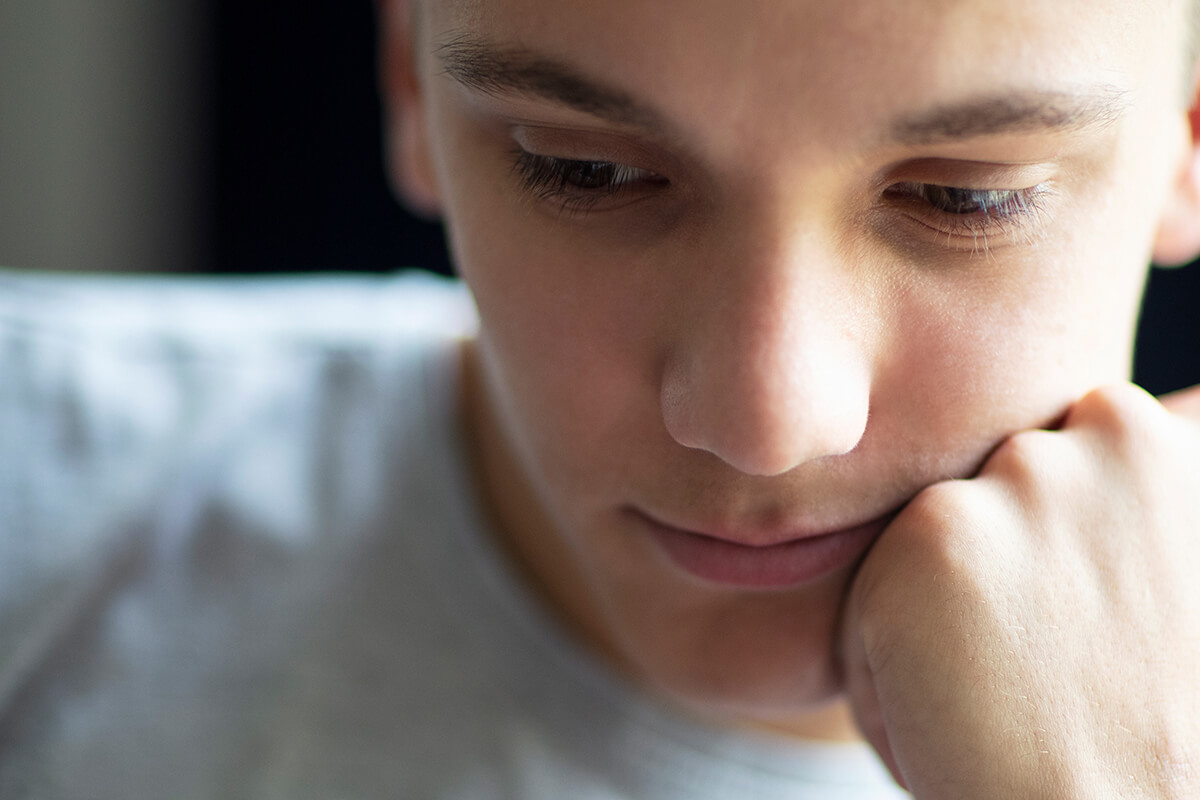Self-harm and teens has become an increasingly prevalent symptom of emotional distress. Self-harm refers to a behaviour whereby a person intentionally injures their body. Most parents do not understand the relation between self-harm and teens. This is because some think it is one of the ways teens seek attention. However, it is crucial to understand what motivates some teens to injure themselves and what you can do as a parent if your child hurts themselves. Self-harm is more common than you might think since more than 17% of adolescents admit to trying to harm themselves.
What You Need to Know About Self-Harm and Teens
Studies on the relation between self-harm and teens indicate that self-injury in adolescents occurs due to a wide range of reasons. Most self-harm cases are non-suicidal, but teens often self-injure to cope with stressful situations. Self-injury causes the brain to release the endorphin hormone. This hormone induces happy feelings, which can help reduce emotional pain for a short time. Hence, most teenagers self-harm to obtain temporary relief for their problems.
Teenagers with anxiety conditions are also more likely to engage in self-injury. Other key reasons why teenagers self-harm includes:
- Distracting themselves from emotional pain
- Relieving loneliness and sadness
- To feel in control of their life
- Venting anger towards themselves due to self-hate
- Reducing tension
- To obtain help from others help by displaying distress
Since self-harm is addictive, your child may find it hard to stop or talk about the problem. As such, you should always look out for symptoms if you suspect your teen may be harming themselves.
The Symptoms of Self-Harm in Teens
There are various ways you can identify whether your teen is self-harming. The symptoms can either be behavioural, physical, or psychosocial. Teenagers who self-harm often have scars from cuts and bruises. They may also have wounds that take an unusually long period to heal. Hence, your teen may wear clothing that is weather inappropriate to hide scars and fresh bruises. Such clothing includes long pants and long-sleeved shirts in hot weather. They may also engage in impulsive hazardous behaviour and avoid social interactions.
The psychosocial symptoms can sometimes display the reason behind the self-harm, but most parents hardly relate them to the behaviour. Some of the psychosocial signs you can look out for are hopelessness, loneliness, depression, and increased guilt.
What You should do if You Notice Self Harm in Teens
The first step you should take if your teen engages in self-harm is to dress any fresh wound and seek immediate medical attention for severe injuries. Moreover, try to be calm about the situation because anger and tension could scare them. Then, consult a mental health professional to identify the reasons that led the teen to self-harm. Ensure to gather all the details regarding the behaviour for a better perspective and approach to the situation. However, do not pressure them into telling you specifics they do not feel comfortable discussing.
Liaise with the counselor to determine how you can help improve the teen’s mental health. Then, implement a safety plan at home and in school to prevent them from harming themselves again. Additionally, get rid of all dangerous objects and ensure that the teenager is not left alone, especially in the bathroom and bedroom.
Identifying the symptoms of self-harm in teens can help prevent fatalities. At Venture Academy, we provide various programs to help teenagers recover and desist self-harm. Our experienced mental health professionals engage troubled teens in recuperative activities that are effective in cases of self-harm and teens. Enroll your child in our 30-Day Assessment and Intervention Program to get answers regarding your child’s behaviour. Call us today at 866.762.2211 to get the help your child needs.







